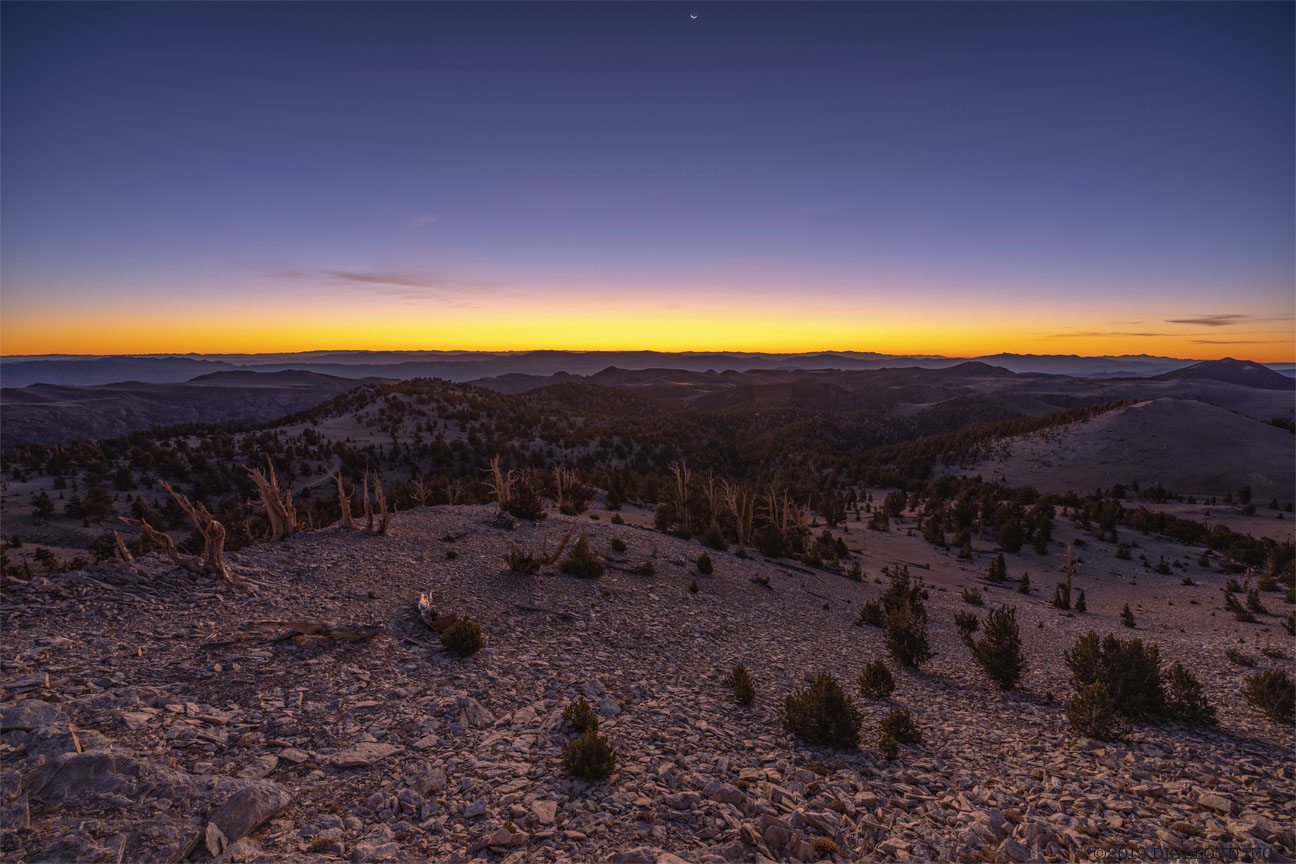Knorp
Well-known member
Manuals are online now: https://www.sony.co.uk/electronics/support/e-mount-body-ilce-7-series/ilce-7rm5/manuals
Great to see you here. Join our insightful photographic forum today and start tapping into a huge wealth of photographic knowledge. Completing our simple registration process will allow you to gain access to exclusive content, add your own topics and posts, share your work and connect with other members through your own private inbox! And don’t forget to say hi!

 www.albertdros.com
www.albertdros.com

After the A7rII, they changed the underlying "OS" framework of their cameras (differing builds of Android under the hood, I believe). It improved a lot of things like startup time, menus, loading, but the Play store was no longer accessible. Some of the old apps like Smooth Reflection and Digital Sky/Filter were pretty unique in the way that they would output a single RAW file with the frame averaging or blending already baked in. These things can be done in Photoshop or other post-processing software as well though, so I guess Sony decided to go back to a more manual traditional camera setup. So it's effectively dead development-wise, but you can still access these apps on the older cameras that use them.on the Sony Play store there's an app you can get to do frame averaging. I tried it on the A7rII. Limited use though, since it requires activating the shutter for each frame, as opposed to only using the eShutter. Anyone know if further developments have happened with that?
IThanks Victor. That’s great to hear.
Maybe I should try that on my A1.
Unfortunately the A1 firmware update doesn’t support focus stacking or focus bracketing.
Have you tried that on your A7RV?
Hi Lou.... I'm shooting with all manual lenses except for a couple of Sigma lenses that I bought when I purchased my 7RM4. They are the old Art series - big and heavy but just happen to be stellar copies so I still have them. Buying lenses is a nightmare as I am very fussy which is why I stay with LF lenses and use my Cambo Actus. The one or two Sonys I would consider are their 135mm and the 85mm GM. For autofocus wides I would probably look at Zeiss. I just hate the thought of going through one lens after another trying to get a good one. One thing for sure is that a 16 shot PS file will tear apart a bad lens.Now you guys are making me think about getting back into Sony again. Yikes too many choices.
Victor what lenses of you like the best? Here I go again.
